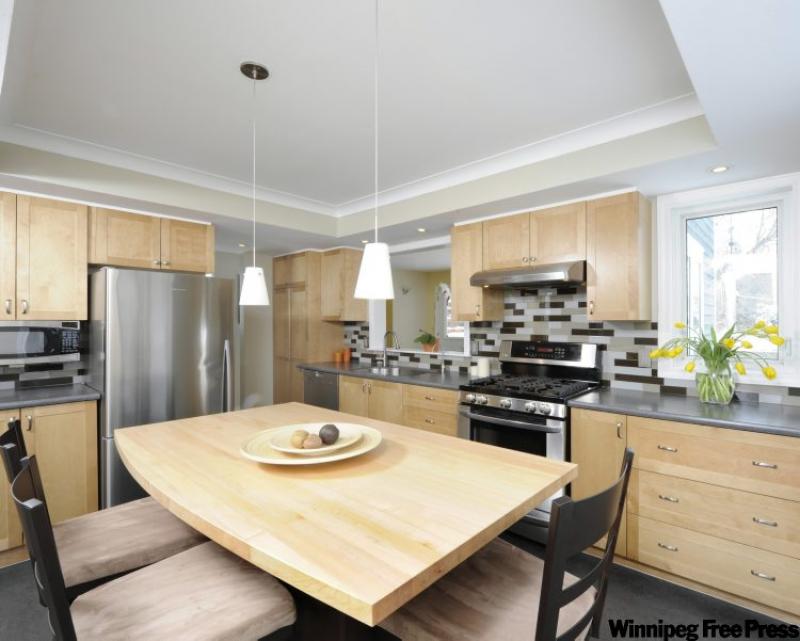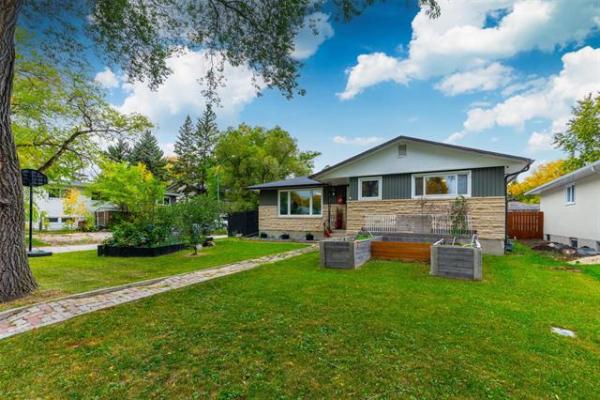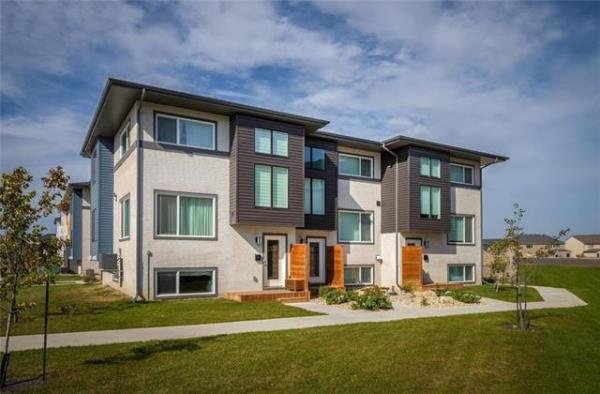Bitten by the spring home-renovation bug? A quick coat of paint won't break the bank, but bigger renovations can get out of hand, leaving you with a glittering new kitchen or a to-die-for deck, but a scary pile of bills, as well.
Here's how the pros advise keeping renos affordable.
Plan, plan, plan
You should be researching, planning and budgeting at least some of the project yourself.
Want a new bathroom? Spend a day checking out developers' model homes: Builders know exactly how to get the most bang for the buck, and you'll have a better idea of what could work in your own home than by just leafing through home decor magazines.
Shopping for kitchen fixtures? Visit big-box stores, but also higher-end plumbing centres and specialty kitchen and bath suppliers. You might discover that $69.99 faucet set isn't really such a bargain when you measure price against longevity, ease of use and simple good looks.
Free, online renovation guides are available from Canada Mortgage and Housing Corp. and from RenoMark. RenoMark is an industry-operated organization dedicated to improving customer satisfaction in the home-renovation market. Its free services include a directory of local contractors who have signed on to RenoMark's code of ethics and practices.
Ka-ching
When it comes to costs, renos are all over the map. Some folks spend $10,000 on kitchen upgrades, while others fork out five times that.
One way to keep renovation costs in line is to dress up a room with accessories instead of splurging on a whole new wardrobe. Flooring, plumbing and cabinetry can be very expensive, so work with what you've already got. Tired kitchens can be given a fresh look by adding an island, a new countertop and other goodies, but not touching the cabinets or floor, for example.
Cost-conscious renovators knows tricks, such as stealing strips of hardwood from a closet to patch a damaged floor elsewhere in the room; less expensive wood can then be laid in the closet, where it will never be noticed.
Homeowners overspend on renos in two main ways, says Ottawa's Ren Molnar, a former contractor and co-host of the popular national radio talk show Renovations Cross Canada.
Novice do-it-yourselfers typically dream too big, he says. They'll start off just finishing the basement, but soon find themselves awash in a sea of work and debt because they add a bathroom, a granite countertop for the bar and other frills.
When it comes to hiring a contractor, says Molnar, people often fail to put exactly what they want in a contract, or change their mind mid-project. Then they're shocked at the size of the bill. They'll say, 'Oh, while you're here...' Well, hey folks, this truck and my equipment and my time didn't come as a Christmas present.
Surprises and the taxman
If you're renovating an older home, you should expect the unexpected. Not only have building codes changed, which may mean parts of your home are no longer up to snuff, but the house may already have endured sloppy renovations. Undoing others' work can be time-consuming and costly, as can discovering rot and the other depredations of age.
For these and other reasons, the experts suggest allowing for a 10 to 15 per cent cost overrun on any renovation.
And don't forget the taxman. While your municipal property tax assessment won't increase if you're simply upgrading windows or redoing a bathroom, tacking on an addition will likely spike your home's assessed value and your tax bill.
Financing your reno
With the demise of the federal Home Renovation Tax Credit two months ago, homeowners are back to paying for the entirety of many renovations themselves. Energy-efficiency projects, detailed below, are the exception.
CMHC provides a good overview of financing options, including credit lines and mortgage refinancing, at www.cmhc-schl.gc.ca/en/co/moloin/moloin--020.cfm.
Banks offer a variety of financing arrangements that can include credit plans for home renovations. RBC Royal Bank (www.rbcroyalbank.com), for example, offers a Homeline Plan that blends mortgage financing, a car line of credit and a general line of credit at an overall interest rate of 5.41 per cent. Retailers such as Home Depot and Home Hardware sometimes offer interest-free credit on renovation materials for six months or longer, if you sign up for a company credit card. Just remember, those hefty credit-card interest rates will kick in if you don't pay the balance when it's due.
Payback time
Along with savings from lower energy consumption, the federal ecoenergy program (www.ecoaction.gc.ca) and matching provincial grants can put money back in your wallet for energy-efficient renovations such as installing Energy Star windows.
You should also recoup a portion of renovation costs if you sell your home. A Remodelling magazine report (www.remodeling.hw.net/2008/costvsvalue/national.aspx), which shows, for example, that a deck addition that costs $10,601 has a resale value of $8,676, meaning you'd recoup 81.8 per cent of your cost (all U.S. dollars). If you remodelled a home office, however, you'd get back only 54.6 per cent of your outlay.
Consider replacing major appliances more than 10 or 15 years old as part of your renovation. For one thing, new products are more energy- and cost-efficient. For another, you don't want to discover when the old fridge gives out five years from now a new one doesn't fit in your renovated kitchen.
False economies
A final word of advice: If you're thinking about slashing costs by hiring a black-market contractor -- someone who's unlicensed or charges no GST -- don't. They typically carry no insurance, offer no warranties and too often don't know what they're doing.
Molnar recalls a homeowner whose under-the-table roofer claimed to have been trained in a British apprenticeship program. He laid the first course of shingles incorrectly, rot set in, and the homeowner wound up having the whole job redone.
By that time, says Molnar, the guy was probably back in London.
-- Canwest News Service




